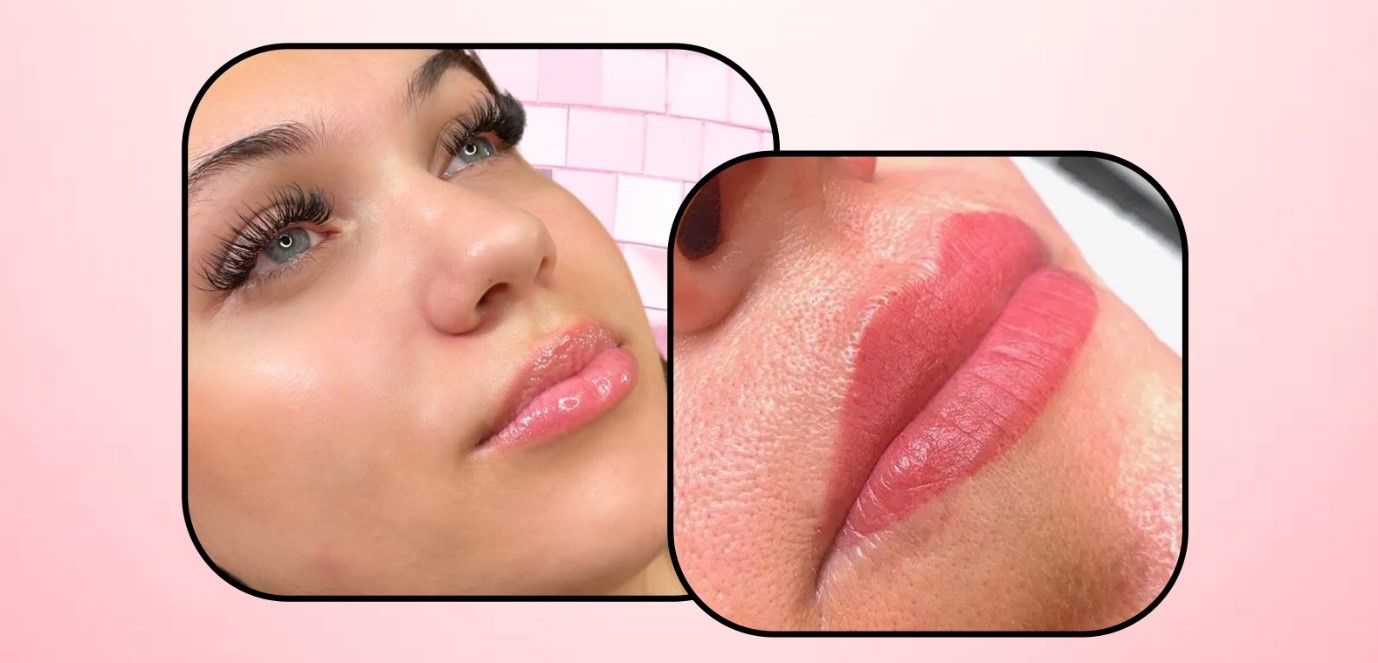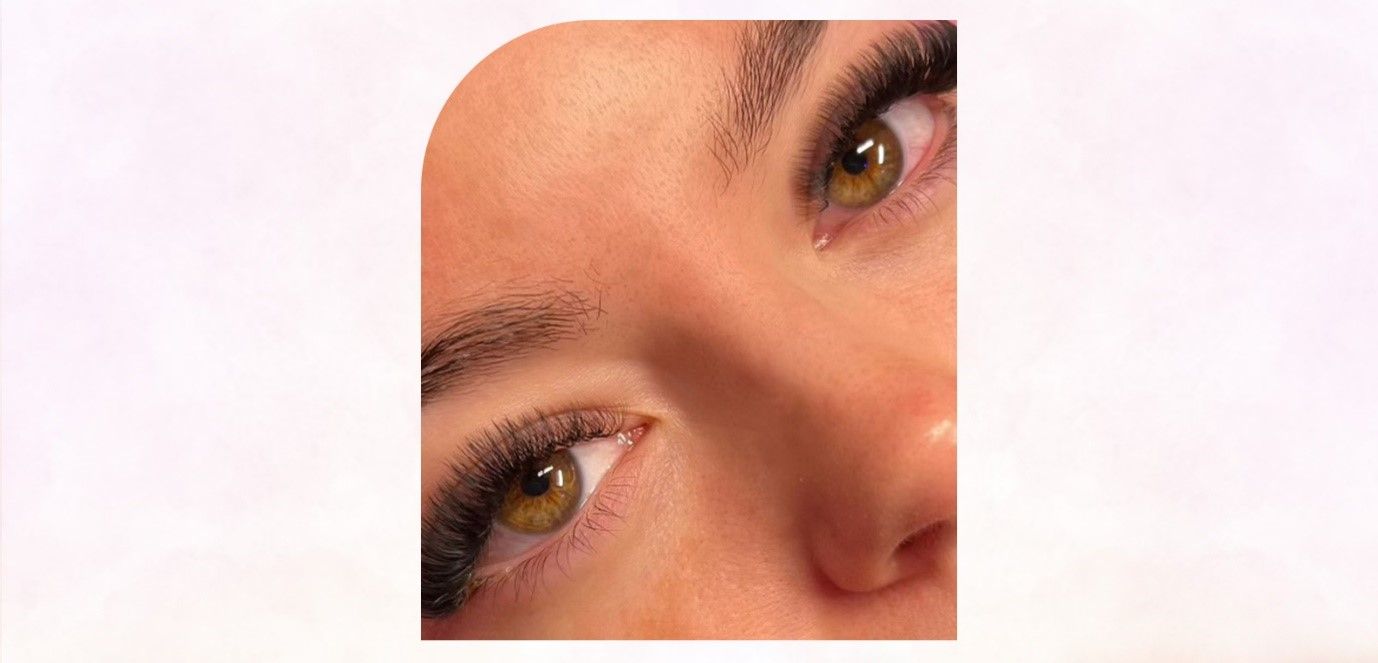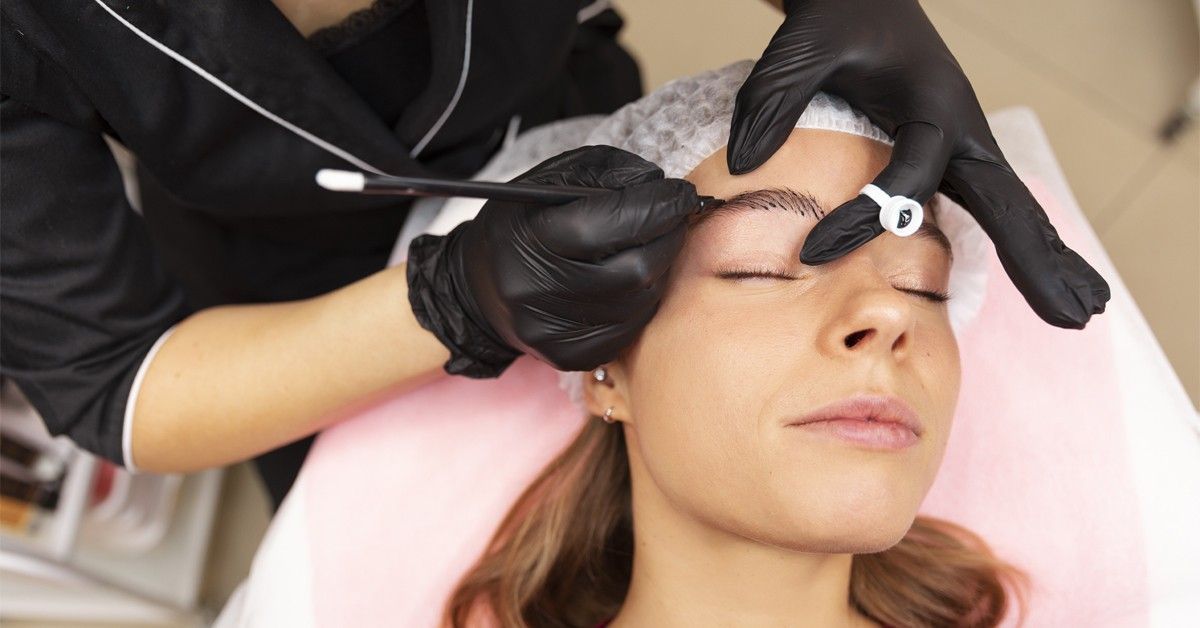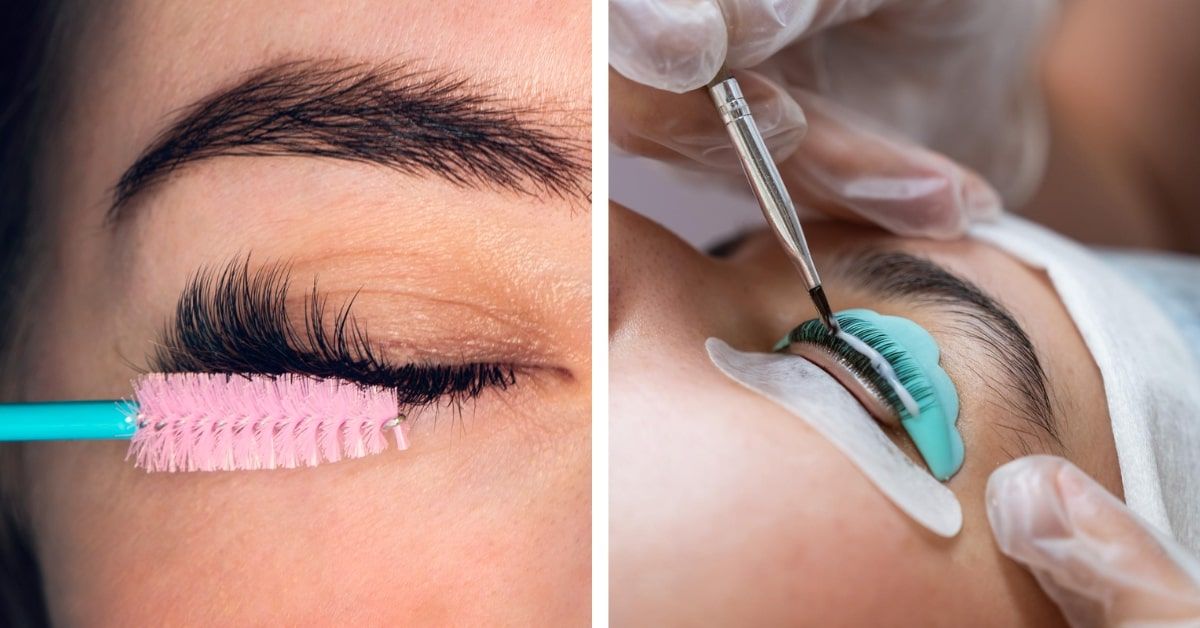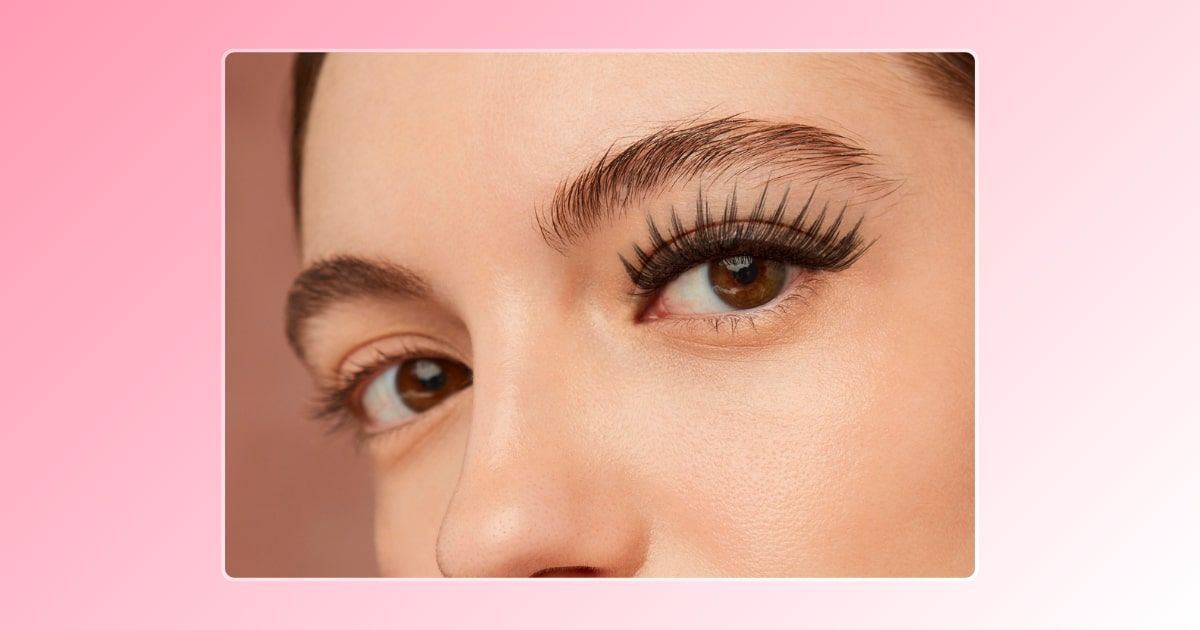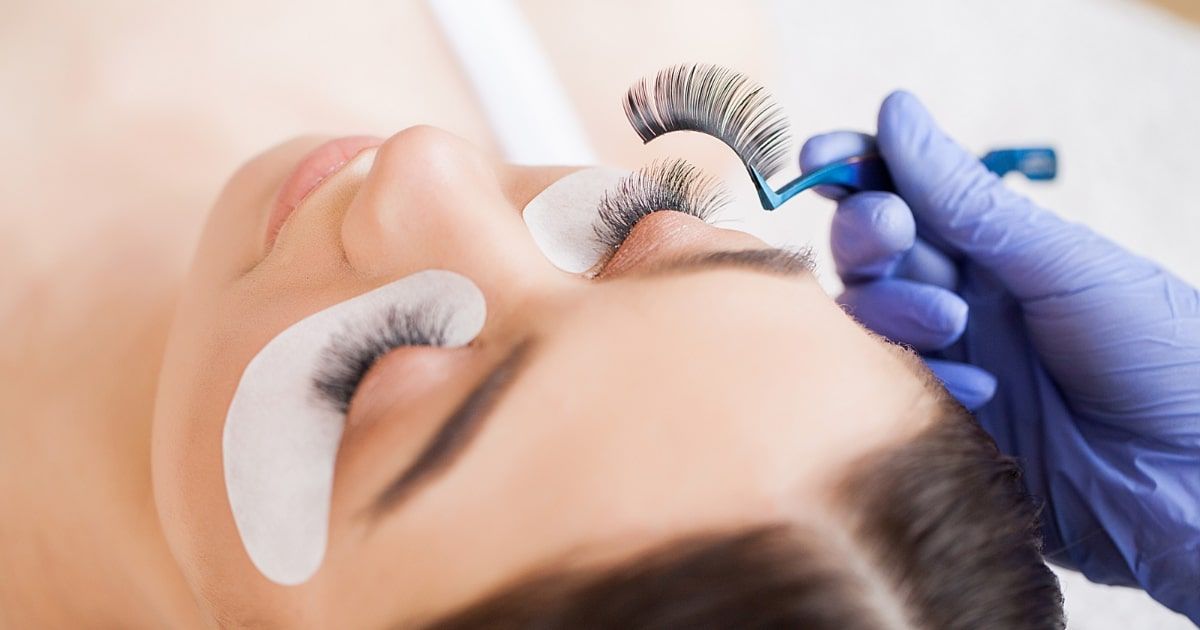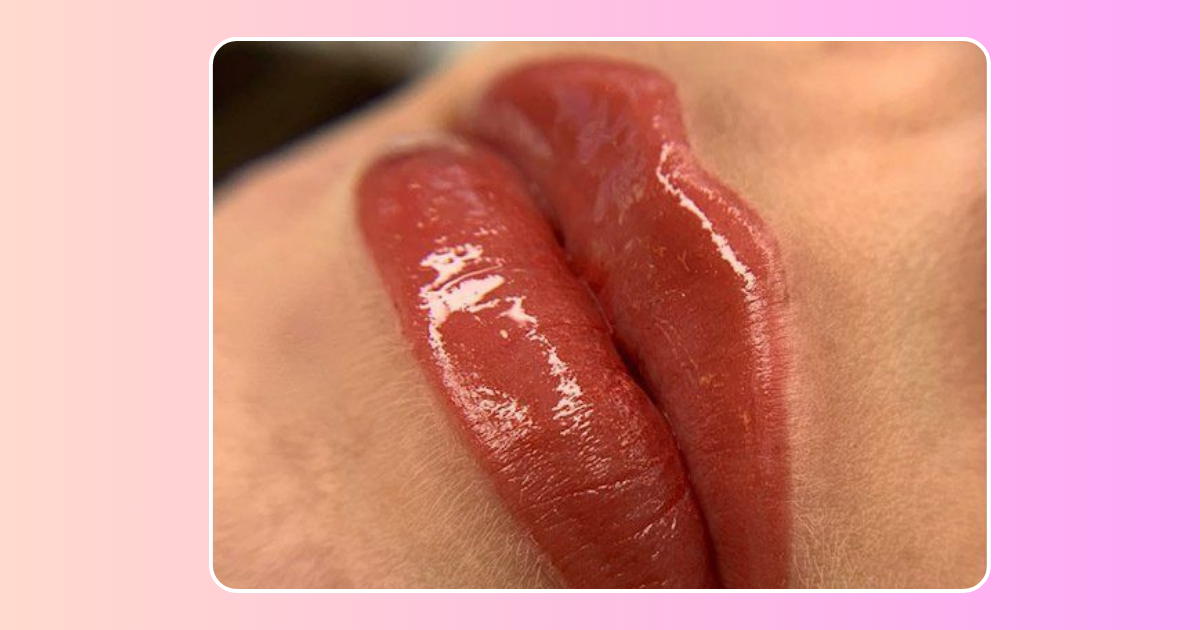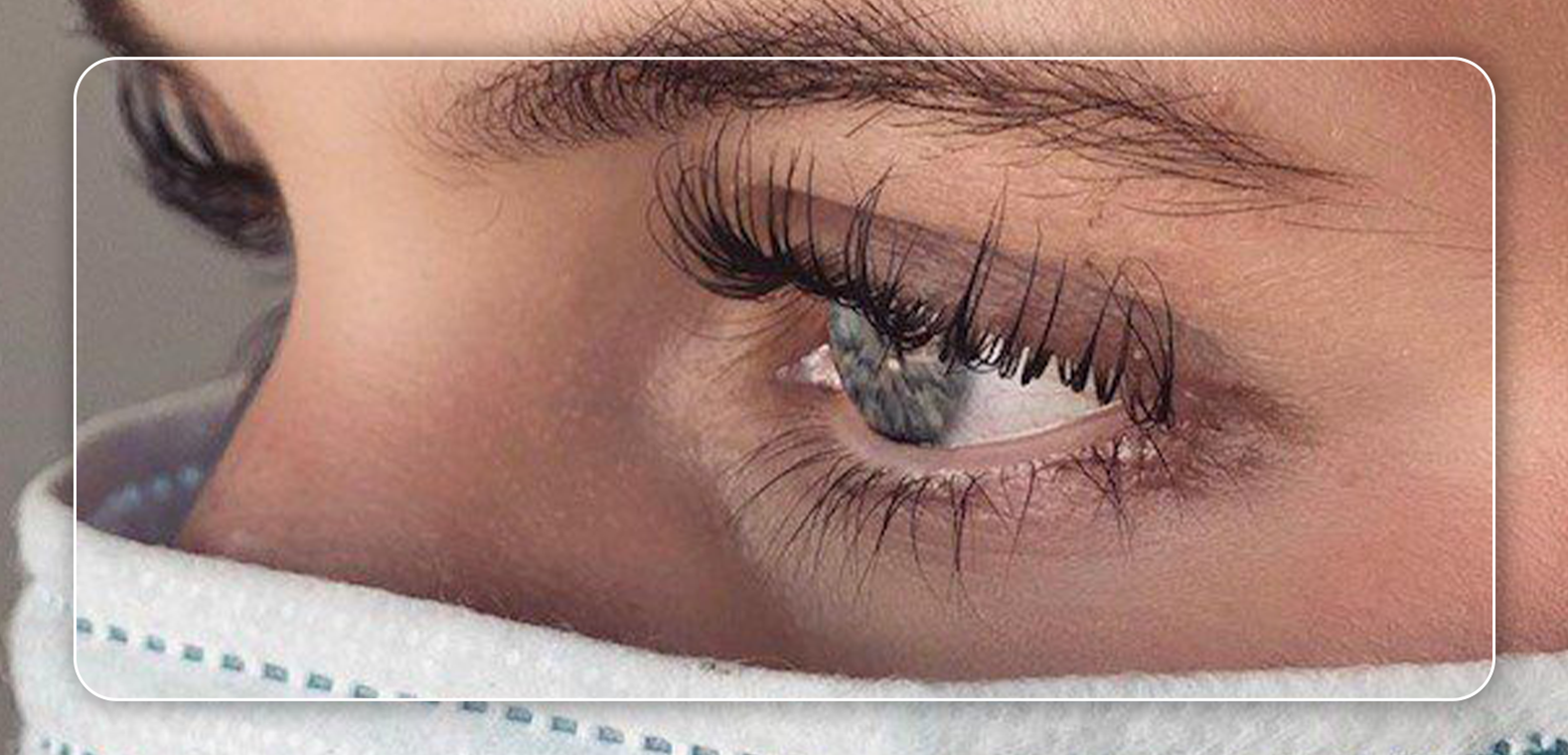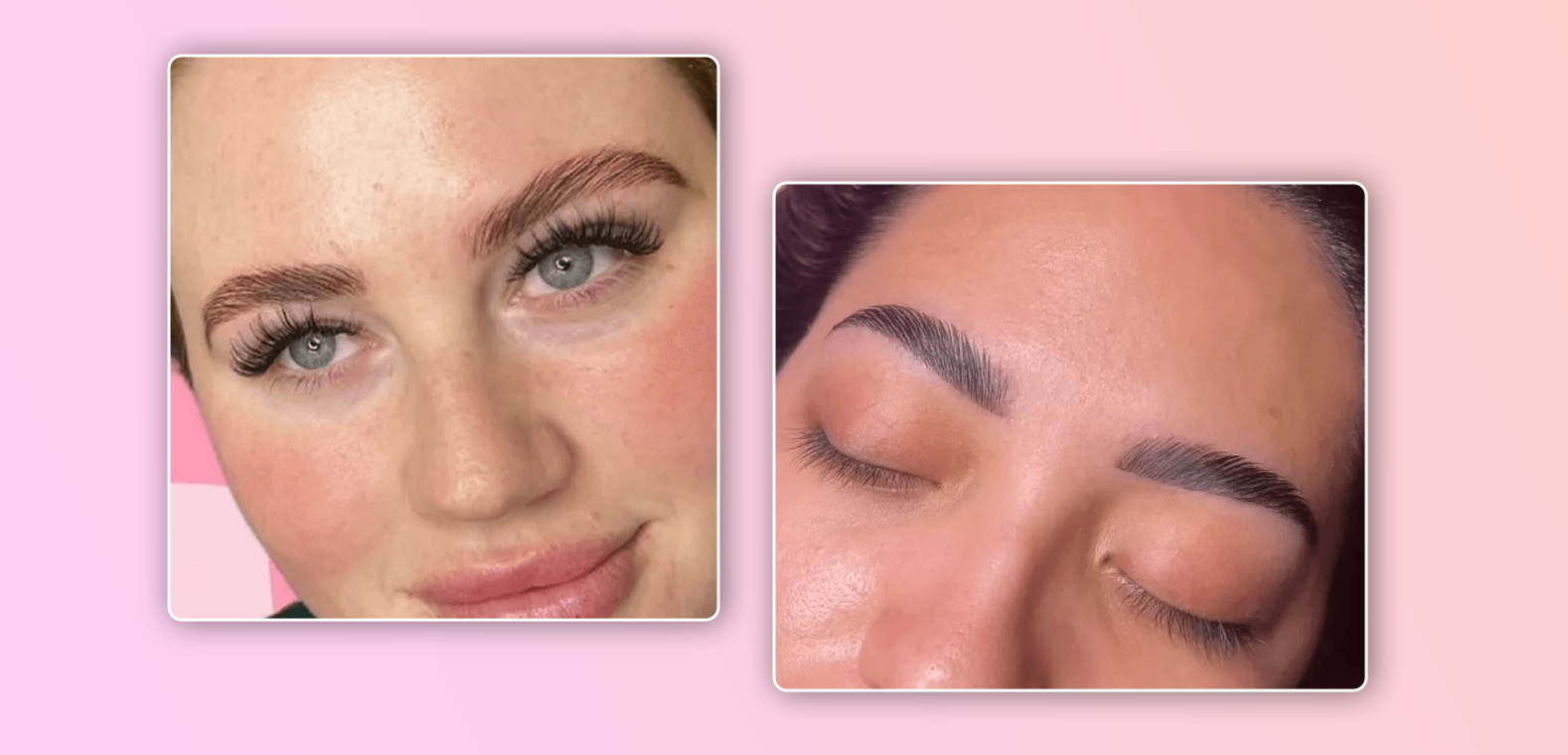What to Know About Semi-Permanent Microblading?
What to Know About Semi-Permanent Microblading - Expert Tips for Perfect, Long-Lasting Brows
Eyebrows define the face. They create balance, sharpen expression, and anchor the features. Yet few of us wake up with brows that mirror the precision we see in photographs or public appearances. For those seeking consistency and artistry, semi-permanent microblading services have emerged as a solution that is both aesthetic and practical.
More than a trend, Microblading has become one of the most discussed beauty treatments in recent years, and for good reason. Brows are the anchors of the face, shaping expression and balancing features. Yet many people still wonder what the treatment actually involves and how it differs from other approaches. This guide breaks down the essentials of semi-permanent microblading services, offering clear answers to the most common questions.
The Evolving Role of Brows in Beauty
Eyebrows have become one of the most influential elements of modern grooming. In many ways, they act as the punctuation marks of the face: subtle yet impossible to ignore. A shift in global beauty trends has shown us that structured, symmetrical brows are not merely cosmetic but central to self-presentation.
The rise of semi-permanent microblading services reflects this reality. Rather than relying on pencils, powders, or gels, clients turn to microblading to achieve a look that endures through workdays, workouts, and weekends. The outcome is not exaggerated perfection but subtle definition, the kind of result that enhances identity rather than masking it.
What is Microblading?
Microblading is a beauty treatment that helps give your eyebrows a fuller and more natural look. It’s done by using a very fine tool with tiny needles to draw hair-like strokes on your skin. These strokes look just like real eyebrow hairs, so the result is soft and natural instead of sharp or painted on.
The process is similar to a tattoo, but it’s not permanent. The color is placed closer to the surface of the skin, which means it slowly fades over time. Most people need a touch-up every 12 to 18 months to keep their brows looking fresh.
One of the biggest reasons people choose microblading is to save time. No more spending minutes every morning filling in your brows with pencils or powders. It also helps people who have thin, uneven, or over-plucked brows feel more confident with a natural-looking shape that frames their face beautifully.
Microblading is safe when done by a trained professional, but it’s important to go to someone experienced to get the best results.
What Sets Microblading Apart
Microblading is not a traditional tattoo, though it borrows from the principles of pigmentation. Unlike permanent tattoos, the process places pigment into the upper layers of skin using fine, hair-like strokes. The result is brows that mimic the look of real hair, with dimension and texture rather than flat, filled-in color.
This approach creates versatility. For those with sparse brows, it restores fullness. For clients with asymmetry, it brings balance. And for individuals already confident in their brows, it provides refinement and consistency that withstands the unpredictability of daily routines.
At Couture Gypsy Lash & Beauty, microblading is seen less as a procedure and more as an art form. Each face is considered individually, and every stroke is placed with intention.
Is Microblading a tattoo?
This is one of the most common questions people ask. Microblading and tattoos are similar in some ways, but they are not the same thing.
A regular tattoo goes much deeper into the skin and is meant to stay there forever. The ink used in tattoos is also much stronger and more permanent. Microblading, on the other hand, works only on the upper layers of the skin. The pigments used are designed to fade slowly over time, which is why microblading usually lasts one to three years, not forever.
Another big difference is in the technique. A tattoo machine uses a needle that vibrates quickly to push ink deep into the skin. Microblading is done with a hand-held tool that makes tiny, hair-like strokes, giving your brows a natural look.
So while microblading is a form of cosmetic tattooing, it is more gentle, less permanent, and looks softer than a traditional tattoo. Think of it as a semi-permanent beauty treatment rather than a lifelong commitment.
How long does Microblading last?
Microblading is not a permanent treatment like a tattoo, but it does last a good amount of time. On average, the results stay anywhere from 12 to 18 months, depending on your skin type, lifestyle, and how well you take care of your brows. Some people may notice their brows start to fade after 10 months, while others can enjoy them for over 2 years with proper touch-ups.
Oily skin types usually see the color fade a little faster because natural oils push the pigment out more quickly. If you spend a lot of time in the sun, swim often, or use skincare products with strong ingredients like retinol, your microblading may also fade faster.
To keep your brows looking fresh, most artists recommend a touch-up session once a year. This helps maintain the shape and color so your brows always look natural and full.
In simple terms, think of microblading as a long-lasting brow solution, but one that needs a little maintenance to stay perfect.
Is eyebrow microblading painful?
One of the first questions people ask before booking a microblading session is, “Will it hurt?” The simple answer is—yes, you might feel some discomfort, but it’s usually not as bad as most expect.
During the treatment, a small tool with fine needles is used to create hair-like strokes on your skin. That may sound scary, but most professionals apply a numbing cream before starting. This cream helps reduce the pain, so instead of sharp pain, many people describe the feeling as light scratching or tiny pinches.
Everyone’s pain tolerance is different. Some clients say it feels like plucking their eyebrows, while others barely notice it at all. You may feel the most discomfort in the first few minutes, but as the numbing sets in, the process becomes easier to handle.
After the session, your brows might feel a little sore, tender, or itchy as they heal—similar to how a small cut feels. This is normal and only lasts for a short time. Following the aftercare steps given by your artist will also help you stay more comfortable during recovery.
In short, microblading isn’t completely painless, but it’s not unbearable either. With numbing cream and a skilled artist, the process is usually very manageable.
How much does microblading cost?
Costs vary depending on location, artist experience, and the level of customization required. Since semi-permanent microblading services can last for years, many view it as an investment that offsets the daily expense of brow pencils, gels, and powders
Is microblading only good for thin brows?
A lot of people think microblading is only meant for those who have very thin or sparse eyebrows. But that’s not true. Microblading can work for different brow types, not just thin ones. If your brows are patchy, uneven, or have gaps, microblading can help fill them in and make them look more balanced. Even if you already have full brows, microblading can give them a cleaner shape and a more polished look.
Think of it like a little boost—some people need more filling, while others just want better definition. For example, if your brows are thick but grow in different directions, microblading can create a smoother and more uniform shape. On the other hand, if you’ve lost brow hair over time or naturally have light, barely visible brows, it can give you the fullness you’re missing.
So, microblading isn’t only for thin brows—it’s for anyone who wants eyebrows that look neat, defined, and easy to maintain without spending too much time on makeup every day.
Is microblading only good for thin brows?
A lot of people think microblading is only meant for those who have very thin or sparse eyebrows. But that’s not true. Microblading can work for different brow types, not just thin ones. If your brows are patchy, uneven, or have gaps, microblading can help fill them in and make them look more balanced. Even if you already have full brows, microblading can give them a cleaner shape and a more polished look.
Think of it like a little boost—some people need more filling, while others just want better definition. For example, if your brows are thick but grow in different directions, microblading can create a smoother and more uniform shape. On the other hand, if you’ve lost brow hair over time or naturally have light, barely visible brows, it can give you the fullness you’re missing.
So, microblading isn’t only for thin brows—it’s for anyone who wants eyebrows that look neat, defined, and easy to maintain without spending too much time on makeup every day.
Who is a good candidate for microblading?
Microblading can give you natural-looking eyebrows, but like any beauty treatment, it also has some downsides you should know about. One of the biggest risks is skin irritation or infection, especially if the tools are not cleaned properly. Since microblading involves tiny cuts on the skin, it may cause redness, swelling, or scabbing while it heals. Another downside is that results are not permanent but can last one to three years, which means you’ll need touch-ups to keep your brows looking fresh. Some people also find that their brows fade unevenly over time, leaving patchy spots that need correction. In rare cases, the color may heal differently than expected, giving brows a slightly off shade. Lastly, microblading can be expensive, and fixing mistakes may cost even more. That’s why it’s important to choose a skilled, licensed artist and make sure you follow proper aftercare.
Can microblading ruin your eyebrows?
Microblading is a popular beauty treatment, but many people wonder, can it actually ruin your eyebrows? The truth is, when done by a trained and experienced professional, microblading is generally safe and gives very natural-looking results. However, problems can happen if it’s not done correctly and any risk can be avoidable by choosing a licensed artist like Couture Gypsy Lash and Beauty.
How do I prepare for a microblading appointment?
Preparation is simple but important. Avoid alcohol, caffeine, and blood-thinning medications for 24 hours before the procedure, as these can increase sensitivity. Arrive with clean skin and no brow makeup. Most importantly, come prepared to share preferences about brow shape, color, and style during the consultation.
Where can I get microblading done?
Microblading is available at professional beauty studios and specialized brow lounges. Choosing a provider with expertise in semi-permanent microblading services ensures results that are safe, customized, and natural-looking. Always look for licensed professionals who prioritize both artistry and hygiene.
How long do microbladed brows take to heal?
Microbladed brows are a popular way to get fuller, natural-looking eyebrows, but many people wonder how long they take to heal. Typically, the healing process takes about 4 to 6 weeks, but it happens in different stages. In the first few days, your brows may look darker and feel a little tender. Around days 3 to 7, you might notice some scabbing or flaking—that’s normal, so it’s important not to pick at it. By the second week, most of the scabs fall off, and your brows may look lighter than expected. Over the next few weeks, the color will gradually settle, and your skin will fully recover. During this time, following your technician’s aftercare instructions, like keeping your brows dry and avoiding harsh products, is key to getting the best results.
Does microblading require aftercare?
Yes. Aftercare is essential for longevity. Keep brows dry for the first few days, avoid heavy sweating, and use only recommended balms. Protecting the brows from direct sunlight and following professional instructions ensures pigment retention and overall healing.
Do you still have to pluck your eyebrows after microblading?
Yes, but much less often. Microblading creates small, hair-like strokes that fill in sparse areas, giving your brows a fuller and more defined look. This means you won’t need to shape your brows as frequently as before.
However, microblading does not remove your natural hair or stop it from growing. Some stray hairs may still appear around the brows, so occasional plucking or trimming might be needed to keep them looking neat. The good news is that with microblading, you spend far less time maintaining your brows every week. Just be careful not to over-pluck, especially during the first few weeks after your session, as your skin is still healing and your new strokes are settling in.
In short, microblading reduces maintenance, but doesn’t completely replace the need for minor grooming.
The Process, Step by Step
Understanding what happens in a microblading session helps demystify the process.
- Consultation: A detailed discussion of goals, lifestyle, and natural brow structure.
- Mapping and Design: Careful measurements to align the brows with facial symmetry.
- Pigment Selection: Custom-matched colors that complement skin tone and natural hair.
- Application: Fine strokes applied with precision to create depth and definition.
- Final Review: Adjustments and refinements to ensure balance and natural flow.
Clients often describe the process as meticulous, yet surprisingly comfortable. Numbing techniques ensure ease, while the artistry delivers results that look less like makeup and more like an extension of natural beauty.
Final Takeaway
Microblading is more than a beauty trend. It is a structured, long-lasting approach to brows that saves time, reduces daily maintenance, and enhances natural features. Through semi-permanent microblading services, individuals can achieve definition, balance, and confidence that carries through every part of their day.
Frequently Asked Questions
How does microblading compare to brow tinting?
Tinting darkens existing brow hairs but fades within weeks. Microblading, as part of semi-permanent microblading services, reshapes the brow with long-lasting precision.
Can the shape be customized?
Absolutely. Every set of brows is mapped to facial structure and personal style. The process is individualized, not standardized.
Is there downtime after the procedure?
There is minimal downtime. Most people return to normal routines immediately, with only slight adjustments during the healing period.
